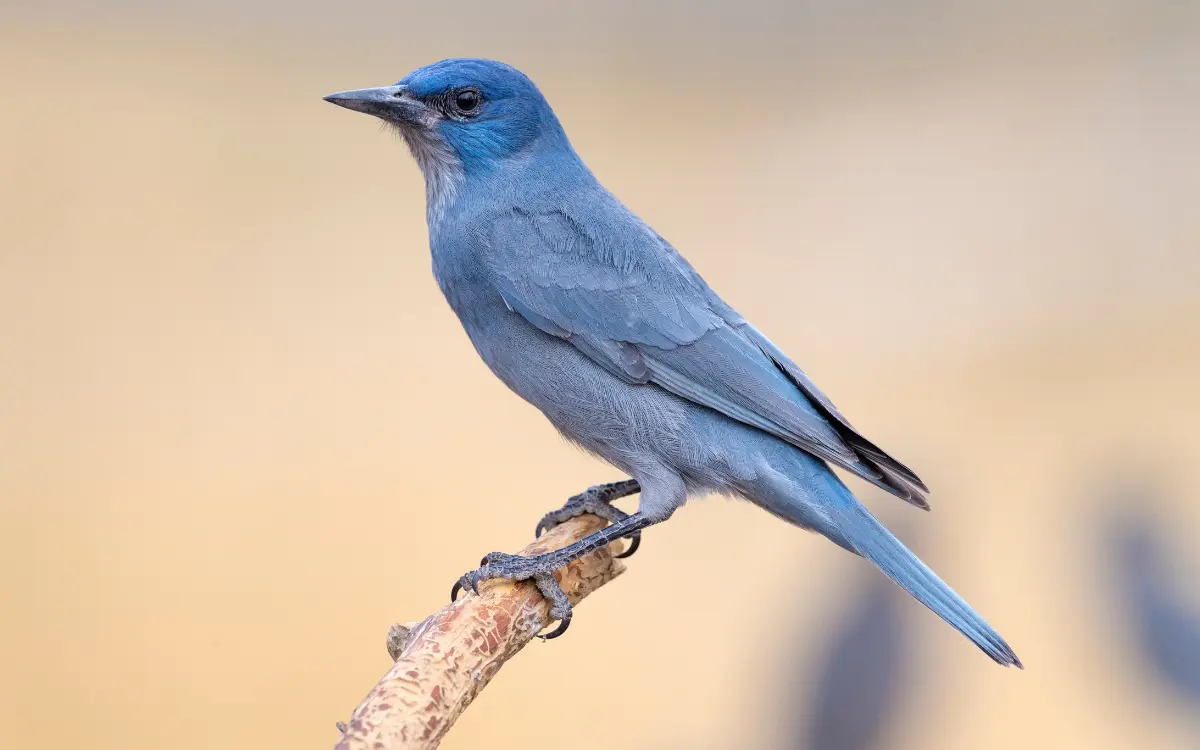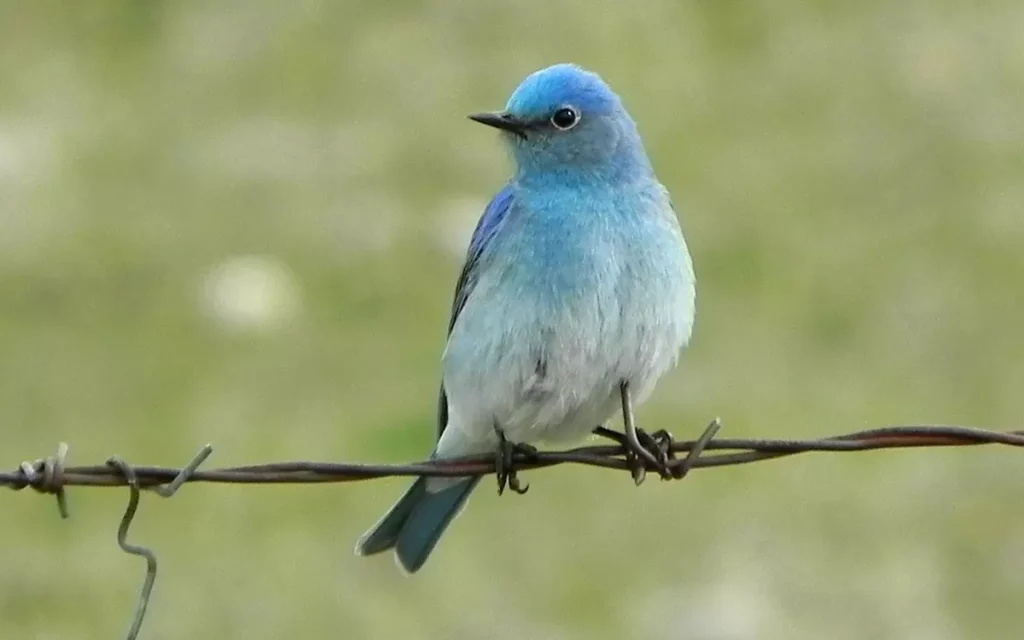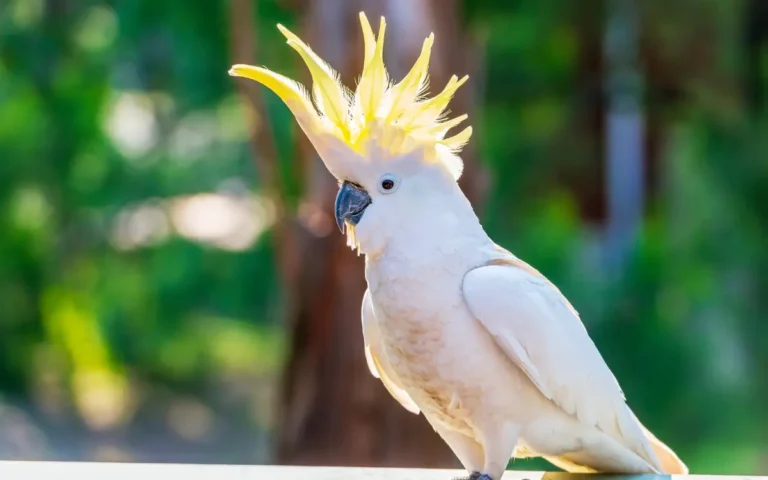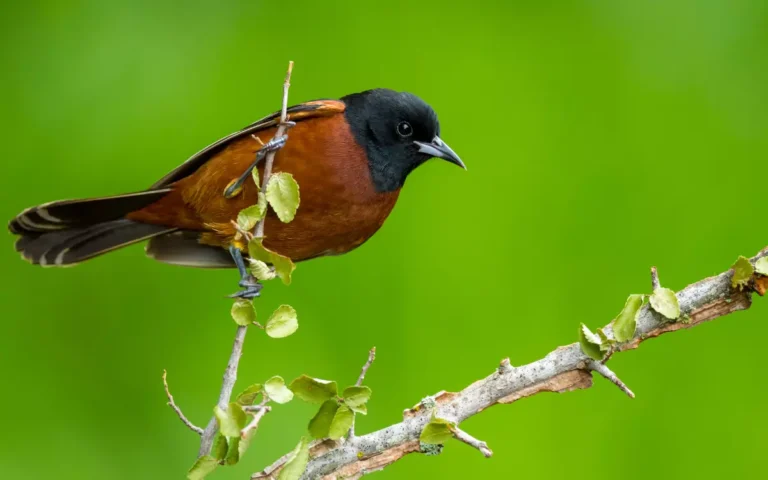11 Bird Similar to Blue Jay That Naturally Unique

we found birds that share striking similarities with the Blue Jay, from vibrant plumage to almost the same behaviors and habitats.
The Blue Jay is a well-known bird with its striking blue feathers and loud calls with Spiritual Meaning . They are mainly found in forests in eastern North America. Blue Jays are smart and love to eat seeds and nuts, especially acorns.
They’re also known for their beautiful crest on their head. In this article, we’re going to explore birds that look or act like Blue Jays. We’ll learn about their colors, where they live, and interesting facts. This will help us understand how these birds are similar to, but also different from, the Blue Jay.
11 Bird List that is Similar to Blue Jay:
1. California Scrub-Jay (Aphelocoma californica):

The California scrub jay is a beautiful bird that’s easy to spot. Unlike the Blue Jay, it doesn’t have a crest on its head. Its feathers are a mix of bright blue and gray, making it pretty to look at.
These birds love living in places like oak woodlands and shrubs in California. They’re quite clever, especially when it comes to finding food. The California scrub jay is known for its habit of food hoarding.
This means they gather food like nuts and seeds and hide them in different places to eat later. This smart trick helps them have enough food when it’s harder to find, like in winter.
- Length: 27–31 cm (11–12 in)
- Weight: 2.47 – 3.52 oz (70 – 100 gm)
- Wingspan: Around 39 cm (15 in)
2. Green Jay (Cyanocorax yncas):

The Green Jay is a colorful bird, with striking green plumage that stands out. What makes it even more special are the blue and yellow accents on its feathers, adding to its beauty.
This bird is usually found in southern Texas, as well as in Central and South America. It loves living in places like woodlands, thickets, and parks.
These areas are perfect for the Green Jay because they offer lots of trees and shrubs for shelter and food. The Green Jay is not just a pretty bird but also very interesting to watch because of its bright colors and active behavior.
- Length: 25-29 cm (9.8-11.4 in)
- Weight: 2.3-3.9 oz (66-110 gm)
- Wingspan: Around 38 cm (15 in)
3.Blue Grosbeak (Passerina caerulea):

The Blue Grosbeak is a striking bird, especially the males. They have a brilliant blue plumage that’s eye-catching. What’s unique about them are the distinctive chestnut wing bars that add to their beauty.
These birds have a wide habitat range. They are found across much of the United States during summer, especially in the southeast. In winter, they migrate to Central and South America. This journey is part of their migratory patterns.
They move to different places depending on the season, seeking the best environments for food and nesting. The Blue Grosbeak prefers areas like fields, along rivers, and open woodlands, where it can find plenty of insects and seeds to eat.
- Length: 15-19 cm (6-7.5 in)
- Weight: 0.92 -1.11 oz (26-31 gm)
- Wingspan: 26-29 cm (10-11 in)
Do you difference Between Blue jay vs Cardinal: Key Difference
4.Canada Jay (Perisoreus canadensis):

The Canada Jay is a charming bird, known for its grey and white coloration. It looks different from the Blue Jay because its beak is shorter. This makes the Canada Jay easily recognizable.
These birds live in Canada and parts of the Northwestern United States. They like colder areas and are often found in forests, especially those with lots of pine trees.
The Canada Jay is quite comfortable in snowy environments, and it’s fascinating to watch how they manage in these chilly habitats. They are known for being friendly and can sometimes be seen around campsites, curious about humans.
- Length: 25-29 cm (9.8-11.4 in)
- Weight:2.0-3.0 oz (58-84 gm)
- Wingspan: 45 – 53 cm (18 – 21 in)
5. Mountain Bluebird (Sialia currucoides):

The Mountain Bluebird is a small, stunning bird known for its vivid blue color. It’s smaller in size compared to the Blue Jay and doesn’t have a crest on its head. The males are particularly bright in color, while females are a bit more subdued.
This bird is a migratory species. During winter, it travels to Mexico and parts of western Canada, returning to the Rocky Mountains and similar areas for summer.
The Mountain Bluebird prefers open spaces like meadows and fields, often seen perching on fences or wires. They like areas where they can easily spot and catch insects, their main food.
- Length: 6.3-7.9 in (16-20 cm)
- Weight: Around 1.1 oz (30 gm)
- Wingspan: 11.0-14.2 in (28-36 cm)
6. Pinyon Jay (Gymnorhinus cyanocephalus):

The Pinyon Jay is an interesting bird with a blue-gray coloration and a noticeably long tail. Unlike some other birds, it’s not brightly colored but has a more subtle beauty.
These birds are very social. They often travel and live in large groups, which is fun to watch. Their diet mainly consists of pine nuts, but they also eat other seeds and insects.
The Pinyon Jay plays an important role in their ecosystem by helping to plant pine trees. They do this when they store pine nuts in the ground for later and forget about some of them, which then grow into new trees.
- Length: 26-29 cm (10.2-11.4 in)
- Weight: 3.2-4.2 oz (90-120 g)
- Wingspan:46 cm (18.1 in )
7. Cerulean Warbler (Setophaga cerulea):

The Cerulean Warbler is a small, eye-catching bird known for its beautiful sky-blue coloration. It’s especially vibrant in males, while females and young birds have more muted colors.
This warbler is a migratory bird, traveling long distances between breeding and wintering areas. It breeds in the eastern United States, particularly in deciduous forests.
During winter, it heads to the Andes in South America, preferring forested regions. The Cerulean Warbler’s diet mainly consists of insects, which it skillfully catches among the treetops. This bird’s population is of concern due to habitat loss, making conservation efforts vital.
- Length: 11 – 12 cm(4.3 – 4.7 in)
- Weight: 0.3 – 0.4 oz (8 – 12 gm)
- Wingspan: Around 19 cm (7.5 in)
Read also: Blue Jay vs Scrub Jay: Everything you need to know
8. Belted Kingfisher (Megaceryle alcyon):

The Belted Kingfisher is known for its unique fishing habits and the distinctive crest on its head. This bird is often seen hovering over the water before diving to catch fish, its main food.
They are commonly found near rivers, lakes, and coasts – basically, any place with enough water to support their fishing activities.
The Belted Kingfisher’s presence near water bodies is a fascinating aspect of its behavior and ecology. Watching a kingfisher in action, diving for fish, is an exciting sight for bird watchers.
- Length: 11.0 – 13.8 in (28 – 35 cm)
- Weight: 4.9 – 6.0 oz (140 -170 gm)
- Wingspan: 18.9 – 22.8 in (48 – 58 cm)
9. Indigo Bunting (Passerina cyanea):

The Indigo Bunting stands out because of the males’ vivid blue color. These small birds are also quite social. They have unique migratory habits, traveling from North America to Central and South America.
During the breeding season, which occurs in North America, the males sing from high places to attract females. They usually build nests in hidden areas close to the ground, where the female lays and cares for the eggs.
This combination of stunning color, social behavior, and migratory patterns makes the Indigo Bunting a fascinating bird to learn about.
- Length:11.5 -15 cm (4.5 – 5.9 in )
- Weight:0.4 – 0.6 oz (12 -18 gm)
- Wingspan: 19 – 22 cm (7.5 – 8.7 in)
10.Lazuli Bunting (Passerina amoena):

The Lazuli Bunting is known for its beautiful deep blue color on the males, which is complemented by tawny chest feathers. This striking color combination makes them a delight to see.
In terms of habitat, these birds prefer areas with bushes and trees, like edges of forests and gardens. They are commonly found in the western parts of North America, especially during the breeding season.
When it comes to breeding, the Lazuli Bunting exhibits interesting behaviors. The males sing melodious tunes to attract females and establish their territory.
They build their nests in hidden spots, usually in dense shrubs, where the female lays eggs and nurtures them. This bird’s vibrant colors and nesting habits are fascinating aspects of its life in the wild.
- Length:13-15 cm ( 5.1-5.9 in)
- Weight:0.5-0.6 oz (13-18 gm)
- Wingspan: 22 cm (8.7 in)
11. Florida Scrub-Jay (Aphelocoma coerulescens):

The Florida Scrub-Jay is a fascinating bird with its blue and white plumage and a distinct crestless head. This bird is special because it’s only found in Florida, making it a unique species in the bird world.
Living in the sandy scrublands of Florida, this bird has adapted well to its specific environment. Unlike other jays, the Florida scrub jay does not migrate, making its entire life centered around this particular region.
- Length: 9.1-11.0 in (23-28 cm)
- Weight:2.3-3.3 oz (66-92 g)
- Wingspan: 13.0-14.2 in (33-36 cm)
FAQS:
Q: What bird looks similar to a blue jay?
Ans: The Steller’s Jay is one bird that looks similar to a Blue Jay, known for its striking blue and black plumage.
Q: What is the big blue bird that looks like a blue jay?
Ans: The Pinyon Jay, larger than a Blue Jay, is often mistaken for it due to its similar blue coloring.
Q: What is the green bird that looks like a blue jay?
Ans: The Green Jay resembles a Blue Jay but has a distinctive green plumage with blue and yellow accents.
Q: What woodpecker looks like a blue jay?
Ans: The Belted Kingfisher, while not a woodpecker, is often mistaken for a Blue Jay due to its size and blue coloring.
Q: Are there birds with similar behaviors to Blue Jays?
Ans: Yes, birds like the California scrub jay exhibit similar behaviors, such as hoarding food, much like the Blue Jay.
Q: Do all birds similar to Blue Jays have crests?
Ans: No, not all. For example, the Florida Scrub-Jay, similar in size and color, does not have a crest.
Q: Can birds similar to Blue Jays be found outside North America?
Ans: Yes, birds like the Indigo Bunting, similar in color to the Blue Jay, are found in areas including Central and South America during migration.
Conclusion:
Discovering birds similar to the Blue Jay, like the vibrant Indigo Bunting or the unique Florida scrub jay, reveals the amazing variety and beauty of bird species. Each bird offers a glimpse into the diverse world of nature, showcasing its special traits and behaviors.






